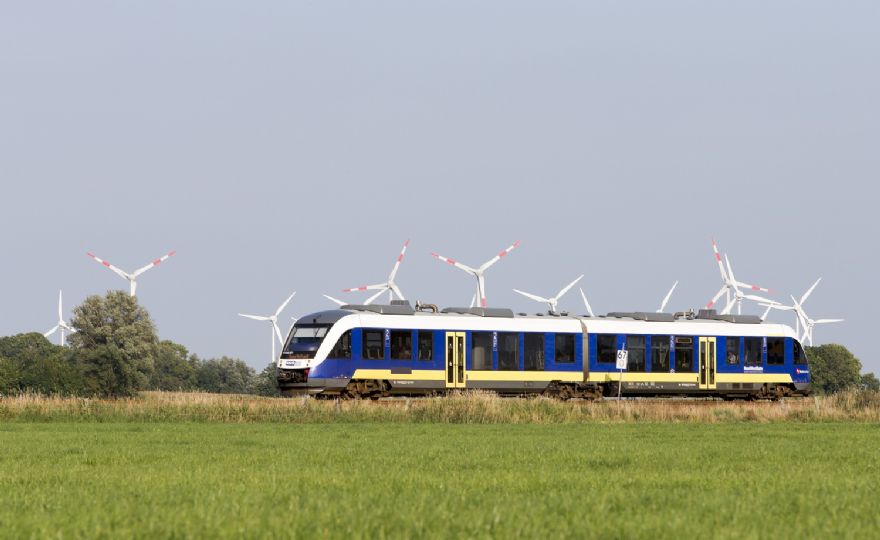 Photo: Alstom/Holger Jacoby
Photo: Alstom/Holger JacobyThe research project
‘Automated regional trains in Lower Saxony, Germany’ is entering the next phase. Together with the
German Aerospace Center (DLR) and
TU Berlin, Alstom is developing technical solutions designed to gradually digitalise rail passenger transport in Germany. The project will explore the possibilities of automation in regional transport via the European Train Control System (ETCS).
The Landesnahverkehrsgesellschaft Niedersachsen (LNVG) supports the project and is providing two regional trains for the tests, which are being undertaken on routes in Northern Germany; and while the Federal Ministry of Economics and Climate Protection (BMWK) is supporting the automation research project, Lower Saxony’s Ministry of Economics is supplying funding of 5.5 million euros for the necessary equipment for the two test vehicles.
For the trials, new systems for driverless operation are being developed in a first phase. These include signal recognition, which will provide the ability to recognise and interpret the railway traffic signals set up along the track; the train must also be able to recognise obstacles. In the event of a malfunction, the train is controlled remotely or guided by the train attendant. Alstom has already demonstrated with test trains in other countries that automated driving and remote control of trains can be technically implemented.
The project will determine whether the existing regulatory framework for Automatic Train Operation (ATO) could be adapted. It will then examine which tests and results are needed to sufficiently prove safety standards for automated driving in passenger operation.
In a second phase, automated driving will take place as a ‘living lab’ under real conditions. The new systems will be installed in the two LNVG multiple units pre-equipped with ETCS and tested in operation. The findings from development and operation will help to prepare for the later approval of fully automated trains and to further automate regional transport.
Bernd Althusmann, Lower Saxony’s transport minister, said: “The future of rail transport is climate-neutral and digital, especially in Lower Saxony. We have been using the world’s first emission-free hydrogen trains here since 2018 and are now testing how we can achieve an even higher quality in local transport through trains that run autonomously. We are thus creating the basis for more traffic on the railways.”
“Müslüm Yakisan, president of the DACH region (Germany, Austria and Switzerland) at Alstom, added: “Automated driving is the prerequisite for sustainable and efficient rail transport in the future. With our joint pilot project, we are creating the basis for the use of this technology in German regional transport and are significantly driving forward the implementation of corresponding technical solutions.
“In addition to our partnership with LNVG, we are also actively involved in several other ongoing automation projects for German regional transport. For example, we will be converting S-Bahn and regional trains in the greater Stuttgart area to ETCS technology as part of the Stuttgart 21 and ‘Digital Node Stuttgart’ lighthouse projects.”